Sudan << soo DAN >> is a country in northeastern Africa. Sudan sprawls across vast deserts in the north and grassy plains in the south. The Nile River is the most important geographic feature. Khartoum, the capital, and Omdurman, the largest city, lie close together on the Nile. Most Sudanese live near the Nile or one of its branches. Sudan was once Africa’s largest country in area. In 2011, the southern third of Sudan separated to form the independent Republic of South Sudan (see Sudan, South).
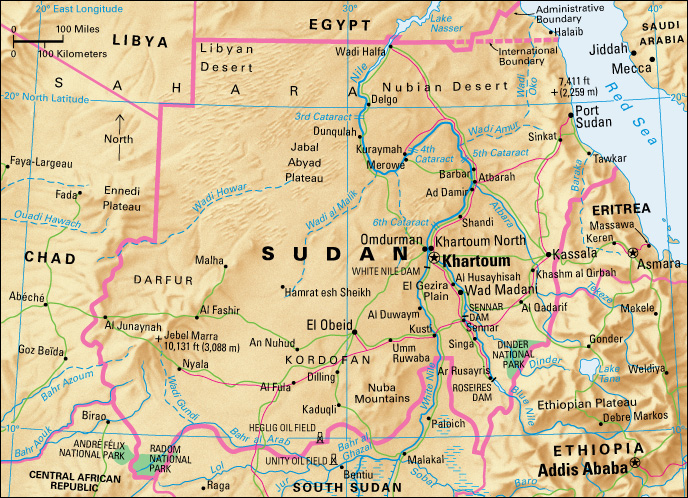
Most Sudanese people consider themselves Arabs, speak Arabic, and practice the religion of Islam. Most Sudanese work as farmers. People have lived in what is now Sudan for thousands of years. Ancient kingdoms flourished in the area, and Egypt controlled parts of Sudan at various times. Sudan became independent in 1956.
Government
Sudan has a transitional government, established after the president was overthrown in 2019. For the following two years, an 11-member Sovereign Council governed Sudan, together with a prime minister and Cabinet. The Sovereign Council was made up of civilian and military members. The council’s head was first a military officer, and later to be a civilian. Instead of transitioning to a civilian head, the military took over the government in 2021. The country is divided into 18 states.
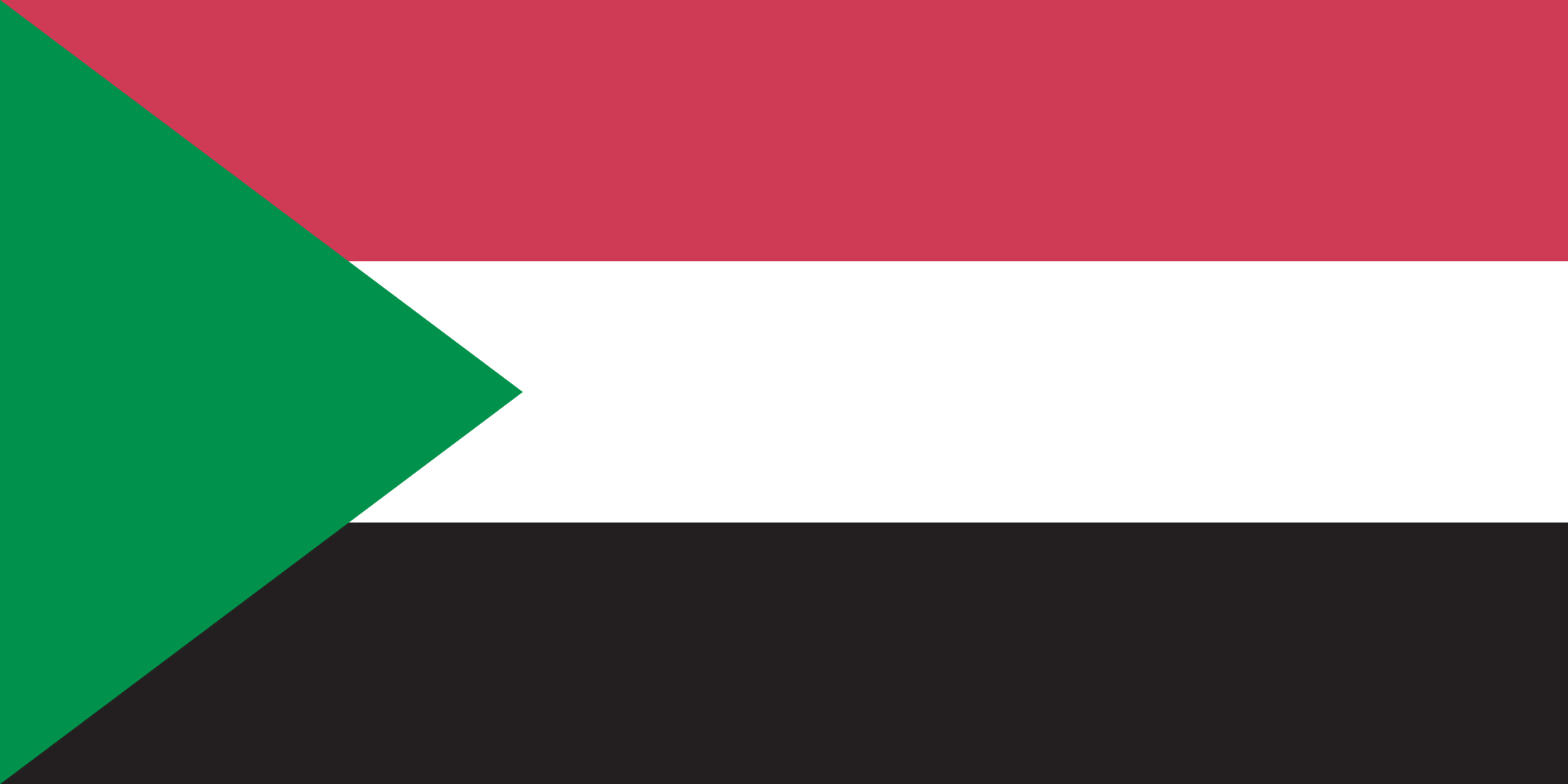
People
Ethnic groups.
Arabs make up Sudan’s largest ethnic group. Some are descended from Arab immigrants. Others belong to Sudanese groups that gradually adopted the Arabic language and culture. Other ethnic groups include Nubians, Beja, Fur, and descendants of West African immigrants.
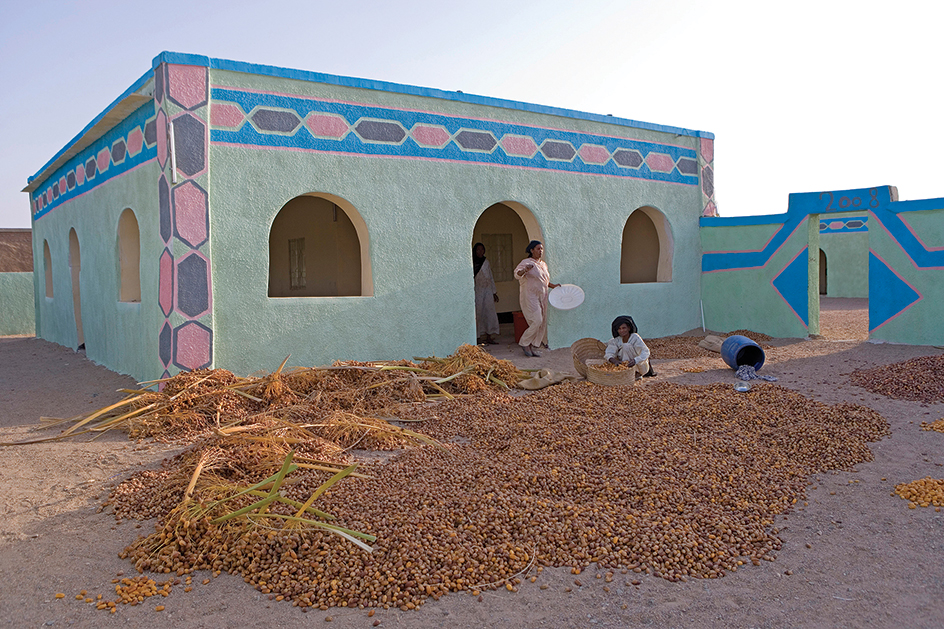

Languages.
Most Sudanese speak Arabic, Sudan’s official language. English is also spoken, as are African languages such as Dinka.
Religion.
Most of Sudan’s people are Sunni Muslims. Some people practice Christianity or traditional African religions.
Way of life.
The majority of Sudan’s people live in rural areas. Most of them farm the land or herd animals along the Nile River and its two major branches—the White Nile and the Blue Nile. Most farmers own small plots of land. They use old-fashioned tools and methods, and many struggle to grow enough food for their families. Some Sudanese work as tenant farmers on irrigated land owned by the government or by private corporations. A few rural people are nomads who travel the desert region with their herds.
Loading the player...Sudan's national anthem
The largest urban center consists of three cities where the White and Blue Nile come together. These cities—Khartoum, Khartoum North, and Omdurman—have a combined population of more than 4 million. Other urban centers include Port Sudan, on the Red Sea; Wad Madani; and El Obeid (Al Ubaid). Many of Sudan’s city dwellers work in offices, shops, and factories. Many others are unemployed. In addition, hundreds of thousands of people who have been displaced from their homes by war and drought live in refugee camps throughout the country.
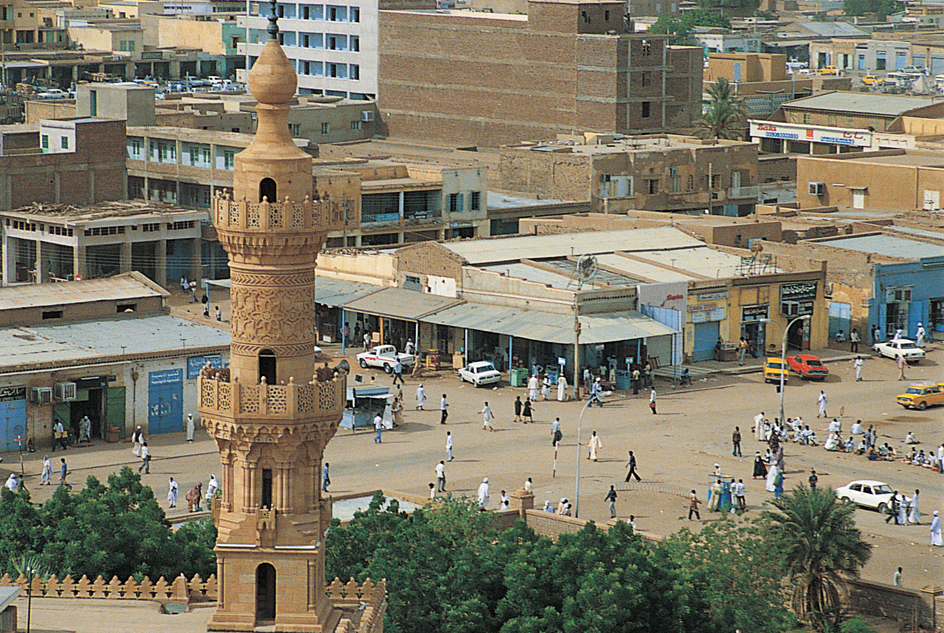
Housing.
The most common rural dwellings in Sudan are flat-roofed, rectangular houses made of sun-dried mud-brick. Most city dwellers live in apartment buildings or small houses similar to those in Western cities. In poor urban neighborhoods, houses are much like those in rural areas. Tents and other temporary shelters provide housing for many people on the outskirts of major cities.
Clothing.
Sudanese people wear both traditional garments and clothing similar to that worn by North Americans and Europeans. Most women wear a traditional outer garment called a taub, which covers the head and reaches to the feet. Many men wear a long robe called a jallabiyah. On their heads, they wear a small skullcap called a taqiyah or a white turban called an immah. Sandals are the most common footwear.
Food and drink.
The main dish in the Sudanese diet is ful (also spelled fool or foul). Ful consists of fava beans cooked in oil and spices. Goat, lamb, beef, and chicken are served occasionally, but most people eat little meat. Karkadai, a beverage made from the hibiscus plant, is a national drink. The people of Sudan also drink tea and coffee.
Recreation.
Soccer is the country’s most popular sport. Visiting with family members and neighbors is the most common Sudanese recreational activity.
Education.
The school system in Sudan calls for two years of preschool and eight years of elementary education provided free by the government. Secondary school lasts three years. Sudan has a number of universities. The oldest and largest include the University of Khartoum and Sudan University of Science and Technology, both in Khartoum. Most Sudanese adults can read and write.
The arts.
Traditional handicrafts are the most common form of art in Sudan. Some Sudanese writers have achieved recognition in other countries. Al-Tayyib Salih (also spelled Tayeb Salih) is probably Sudan’s best-known writer. Several of his books, including the novel Season of Migration to the North (1966) and the short story collection The Wedding of Zein (1966), have been translated into English.
Land and climate
Sudan is a nation of vast plains and desert. Northeastern Sudan borders the Red Sea. The country’s most important geographic feature is the Nile River. The river’s tributaries—the White Nile and Blue Nile—meet at Khartoum to form the main river. The White Nile comes from South Sudan. The Blue Nile flows from the mountains of Ethiopia.
Northern Sudan.
North of Khartoum, Sudan is primarily desert. Rainfall rarely exceeds 4 inches (10 centimeters) a year. Average summer high temperatures reach about 110 °F (43 °C). Average winter lows drop to about 60 °F (16 °C). People live along the banks of the Nile and the Red Sea, but much of the north is uninhabited. A few nomads travel with herds of camels near the southern edge of the region and in the Red Sea Hills in the east.
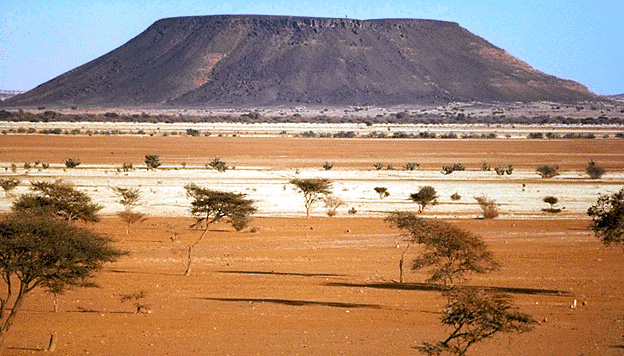
Southern Sudan
consists largely of a grass-covered plain. Annual rainfall varies from about 4 to 30 inches (10 to 75 centimeters). Most of this area has enough water for farming. Average winter temperatures are slightly warmer, and average summer temperatures a little cooler, than those in northern Sudan. Between the Blue and White Nile rivers lies El Gezira (Al Jazirah), the most fertile area in Sudan. Farmers also grow crops in an upland area in the west, in the Nuba Mountains along the White Nile, and in an irrigated clay plain in the east.
Economy
Sudan is a poor country. It has a high unemployment rate, and many of its people live in poverty. Sudan has an economy largely based on agriculture. Oil has been a major source of government revenue since 1999. Most of the oil is now in the new Republic of South Sudan but is exported via pipelines through Sudan to the Red Sea.
Agriculture
employs many of Sudan’s workers and accounts for much of the value of the nation’s total economic production. Sudan’s main crops include bananas, cotton, dates, gum arabic, mangoes, millet, onions, peanuts, sesame, sorghum, sugar cane, and wheat. Camels, cattle, goats, and sheep provide food and a source of income for Sudan’s herders and nomadic groups.
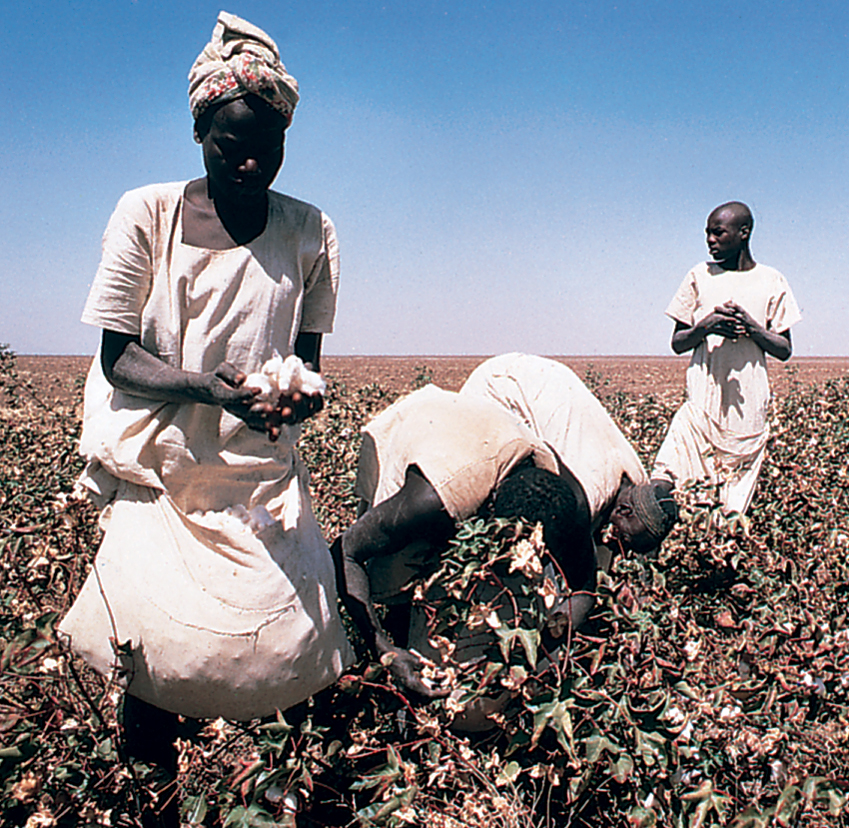
Manufacturing and mining
employ a small percentage of workers. Factories produce cement, food products, petroleum products, textiles, and wood products. Most factories are in the Nile Valley, especially around Khartoum and in El Gezira. Chromium, gold, and gypsum rank among the leading mineral products. Other mineral deposits include copper, iron ore, and zinc.
Energy sources.
Most of Sudan’s petroleum production was lost following the separation with South Sudan. Sudan now imports much of its petroleum. Dams along the Nile provide hydroelectric power.
Trade.
Exports include cotton, crude petroleum, gold, gum arabic, live animals, and sesame. Imports include electronics, food products, machinery, and vehicles. Trade partners include China, Egypt, Saudi Arabia, Turkey, and the United Arab Emirates.
Transportation and communication.
Sudan has one of Africa’s largest railroad systems. However, much of the system is in poor condition. A national airline provides local flights and flights to other African countries. Major roads are paved. Few of Sudan’s people own a car. Buses, taxis, and pickup trucks carry passengers in the cities, and long-distance buses and trucks link cities and towns. Port Sudan, on the Red Sea, is the only important port.
The Sudanese government controls the main television and radio stations. Several general-interest newspapers are published in Sudan, but radio is the most common media source.
History
Early days.
As early as the 7000’s B.C., people lived along the Nile River in what is now Sudan. By about 4000 B.C., they had built villages and developed methods of farming and raising animals. Most settlements were in Nubia, in the northern part of Sudan. After about 2600 B.C., Egypt brought Nubia under its control. A new civilization, influenced by Egyptian culture, developed there after 1000 B.C. The Egyptians called the civilization Kush. Kush existed as an independent kingdom at various times until its collapse around A.D. 350.

In the 500’s, missionaries from Egypt converted the rulers of southern Egypt and northern Sudan to Christianity. But by the mid-600’s, Arab Muslims had conquered Egypt and had begun to raid Nubia. The Arabs made agreements with the Nubians to conduct trade in Sudan. Arab tribesmen then migrated to Nubia and married local women. Arab merchants and religious leaders also moved there. By the early 1500’s, the last Christian kingdoms had come under Muslim control. The Funj, a Muslim group, conquered much of Sudan during the 1500’s.
Egyptian and British control.
In 1821, Egypt conquered the Funj. The Egyptians eventually gained control of Sudan. In 1881, a Sudanese Muslim religious teacher named Muhammad Ahmad proclaimed himself the Mahdi (divinely appointed guide). Over the next four years, he led a successful revolt against the Egyptians. Charles Gordon, a famous British soldier and adventurer, was killed while defending Khartoum against Muhammad Ahmad (see Gordon, Charles G.).
In 1898, the United Kingdom and Egypt joined forces to defeat the Sudanese at the Battle of Omdurman. The United Kingdom and Egypt agreed to rule the country together, but the British provided most high officials.
In the early 1900’s, many Sudanese began to demand an end to British rule. Some favored Egyptian control, and others wanted complete independence. In 1924, Sudanese troops under Egyptian leadership rose up against the British. The mutiny failed, and the British expelled most Egyptian officials from Sudan. The Egyptian officials did not return to Sudan until 1936, when Egypt signed a new agreement with the United Kingdom.
Independence.
During the 1940’s and early 1950’s, the Sudanese nationalist movement grew. In 1953, the United Kingdom and Egypt agreed on steps leading to self-government for Sudan. In 1955, the Sudanese parliament voted for self-government. Sudan officially became an independent nation on Jan. 1, 1956.
After independence, southern leaders feared that northern leaders would not share power equally. They objected to the use of Arabic as the national language. They also feared that northern administrators in the south would force southerners to become more like Arab Muslims. Differences in ethnicity, language, and religion resulted in years of suspicion and fighting between the north and south. Sudan’s first independent government failed to improve north-south relations.
In 1958, General Ibrahim Abboud led a military take-over of the government. He abolished all political parties and put many politicians in jail. His attempts to force southern leaders to cooperate with his government only increased tensions in the south. In 1964, teachers, students, lawyers, and union organizers held a general strike against Abboud. They forced the army to return the government to civilian control.
In 1969, Colonel Gaafar Nimeiri seized control of the government. He outlawed political parties and arrested most leading politicians. In 1971, Nimeiri became president of Sudan. In 1972, he brought an end to the rebellion in the south and signed agreements that gave the southern provinces a single regional government.
Sudan adopted a new constitution in 1973. The Constitution established a strong presidency and a weak legislature. It provided for one official political party, the Sudanese Socialist Union. Nimeiri served as party head.
Civil war.
In 1983, Nimeiri established Islamic law throughout Sudan. He also ended the regional government in the south. Southerners protested against these actions. Fighting broke out between government forces and southerners. In addition, severe nationwide economic problems led to general strikes and rioting.
In 1985, a group of military officers forced Nimeiri out of power, disbanded the Sudanese Socialist Union, and established a military government. But they soon helped set up a transitional government that included civilians. Political parties were organized again In 1986, elections were held for a new legislature. Sadiq al Mahdi, head of the Umma Party, became prime minister.
In 1989, Brigadier General Umar Hassan Ahmad al-Bashir led a group of military officers that overthrew Mahdi. Bashir was backed by a political group called the National Islamic Front. The NIF sought to shape Sudan’s government according to traditional Islamic law. Bashir dissolved the legislature and replaced it with a military council. He suspended the Constitution and banned all political parties. In 1993, the military council appointed Bashir president. The council then dissolved itself. 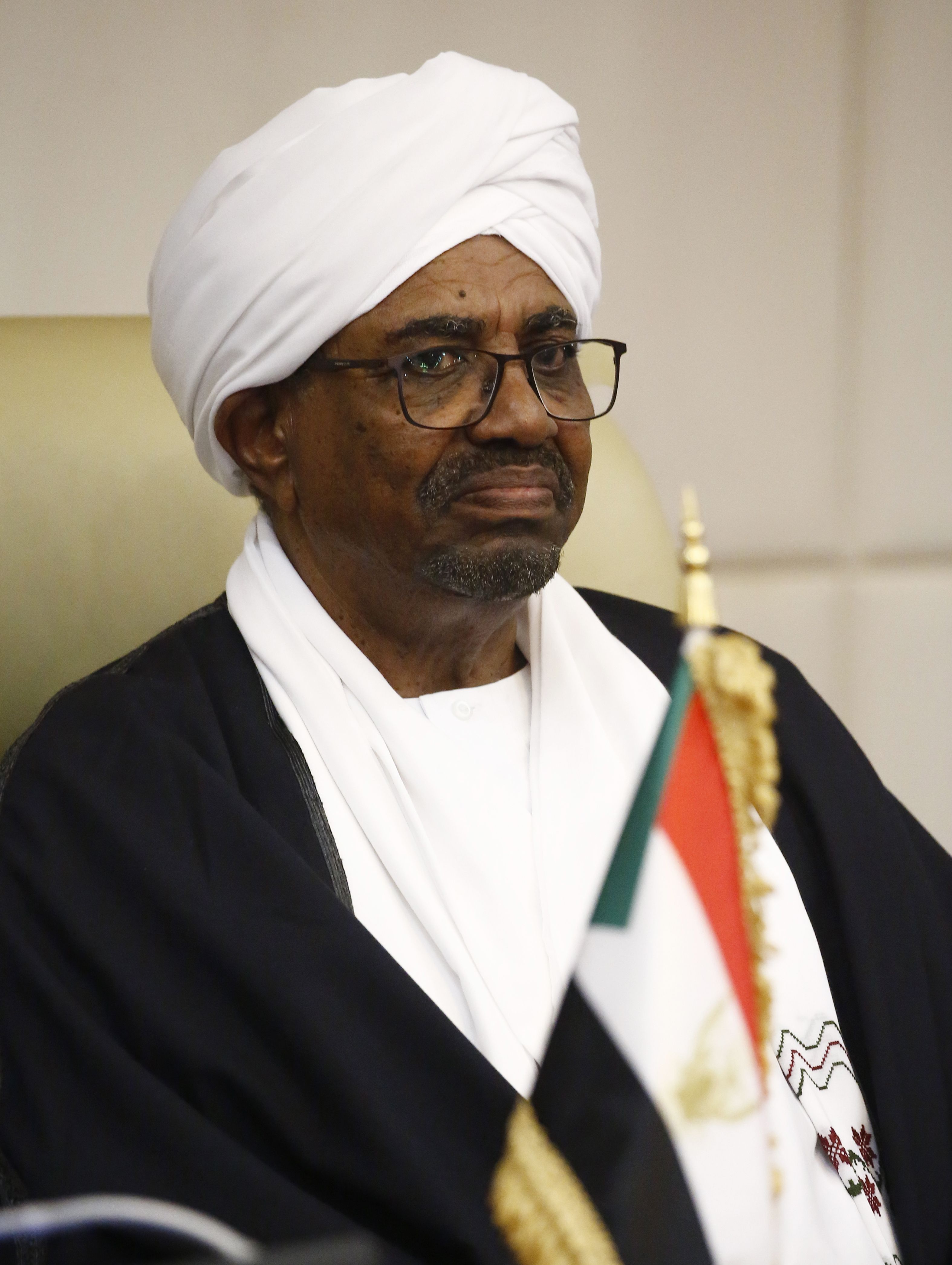
In 1996, Sudan held presidential and parliamentary elections. Bashir was elected president. The new parliament elected Hassan al-Turabi, the leader of the NIF, as speaker. The NIF came to be known as the National Congress in the late 1990’s. In 1998, Sudan adopted a new constitution that allowed the formation of political parties. Several parties were organized in 1999.
In the late 1990’s, tension grew between Bashir and Turabi. In 1999, Bashir removed Turabi as speaker, dissolved the National Assembly, and suspended parts of the Constitution. In June 2000, after being expelled from the National Congress, Turabi formed a new party called the Popular National Congress (PNC). In December, Bashir was reelected president, and the National Congress won a majority in the Assembly. The main opposition parties, including the PNC, boycotted the vote. In 2001, police arrested and confined Turabi and other PNC members. Turabi was released in 2003, detained again in 2004, and released in 2005.
Also in the late 1990’s, Sudan began cooperating with international companies to develop the oil reserves in the southern part of the country. Sudan began to export oil in 1999. Oil soon became the country’s leading export.
From 1983 to 2004, the fighting between Sudan’s government and rebels in the south killed about 2 million people. The fighting interfered with the production and distribution of food and caused widespread hunger. Many civilians in the south fled to the north or to neighboring countries. Droughts in the mid-1980’s, the 1990’s, and the early 2000’s contributed to the spread of hunger and disease, especially in the south and west.
In 2002, the government and the rebels signed an agreement providing that Islamic law would apply in northern Sudan but not in southern Sudan. In 2003 and 2004, the government and the rebels signed further agreements on the sharing of power, the distribution of oil wealth, and other issues. In January 2005, the two sides signed a full peace agreement that ended their conflict. In July, the National Assembly approved a new constitution, which remained in effect until 2019. The Constitution established a temporary power-sharing government, as well as a regional government in the south. In 2008, some fighting broke out between northern and southern forces over an oil-rich central town that both sides claimed.
Violence in Darfur.
In early 2003, a separate conflict erupted in the western region of Darfur. Rebels from Indigenous (native) African ethnic groups claimed that the Sudanese government was ignoring Darfur and began attacking government targets in the region. In response, government forces and government-backed Arab militias known as the Janjaweed attacked both rebels and civilians in Darfur. There have been long-standing tensions over land and grazing rights in Darfur between herders, who are mostly Arabs, and farmers, who are mostly Indigenous Africans.
The violence in Darfur intensified in late 2003 and in 2004, and it continued through the 2010’s. An estimated 300,000 people have died, and millions of others remain displaced from their homes. Many international groups have accused the government and the Janjaweed of human rights abuses, including murder and rape. The United States described the atrocities as genocide (attempted extermination of an entire people). Peace talks have taken place, most recently in 2020. That year, Sudan’s transitional government signed a peace agreement with rebel groups in Darfur and in other regions of the country. Though fighting slowed, violence in the 2020’s in the Darfur region caused the deaths of hundreds of people and the displacement of hundreds of thousands of others.
In 2009, the International Criminal Court (ICC) ordered the arrest of President Bashir for his role in the Darfur violence. The court charged him with war crimes and crimes against humanity. Despite the charges, Bashir was reelected president in 2010. Later that year, the ICC also charged Bashir with genocide.
Separation.
In January 2011, voters in southern Sudan approved the region’s separation from the rest of the country. As part of its 2005 peace agreement with rebels, the Sudanese government had given the south limited self-government and agreed to allow southerners to hold a referendum (direct vote) on separation. The new Republic of South Sudan became independent on July 9, 2011.
Recent developments.
In 2017, President Bashir named his long-time ally, First Vice President Hassan Saleh, to be the nation’s prime minister as well. Saleh became Sudan’s first prime minister since Bashir had abolished the post in 1989.
In April 2019, military leaders removed Bashir from office and arrested him. They dissolved the government, suspended the Constitution, and announced that a Transitional Military Council (TMC) would be formed to govern the country for the next two years, after which elections would be held. Protesters at first expressed support for the removal of Bashir. However, they resumed protests when it became clear that a transitional civilian government would not be immediately formed. The Sudanese authorities treated protesters harshly. They killed more than 100 protesters in one incident in Khartoum in June.
In July, civilian opposition leaders and the military council signed an agreement to share power during a transitional period. A Sovereign Council, consisting of 11 civilian and military members, replaced the TMC to govern Sudan for three years, after which elections were to be held. Civilian economist Abdalla Hamdok became the new prime minister, and he later appointed a Cabinet. A legislature was also planned as part of the transitional government. The government passed a law in November to dissolve Bashir’s party, the National Congress. In December, Bashir was tried on corruption charges in a Sudanese court and sentenced to two years in a reform facility.
In 2020, the transitional government signed a peace agreement with rebel groups throughout the country. The agreement announced an end to fighting in Darfur and in the southern regions of South Kordofan and the Blue Nile. It came after about a year of peace talks and negotiations with a rebel alliance. The alliance included the largest armed rebel factions, though two other rebel groups did not participate. The agreement included power sharing, transitioning rebel militants into the Sudanese army, and returning people displaced during the fighting to their homes.
In 2021, shortly before a civilian was scheduled to take over from the military as head of the Sovereign Council, Sudan’s military took over the government. The military dissolved the power-sharing agreement that it had made with civilian leaders in July 2019. Country-wide protests in favor of democracy followed the coup. Soldiers opened fire on protesters in Khartoum, killing a number of people and wounding more than 140 others.
In 2022, Hamdok resigned as prime minister following protests calling for civilian rule. In April 2023, fighting broke out between Sudan’s military and a rival paramilitary group, the Rapid Support Forces (RSF). Thousands of people have been killed or injured in the conflict, mainly in Khartoum and Darfur. More than 6 million people have fled their homes and millions are at risk of starvation, creating a major humanitarian crisis.
